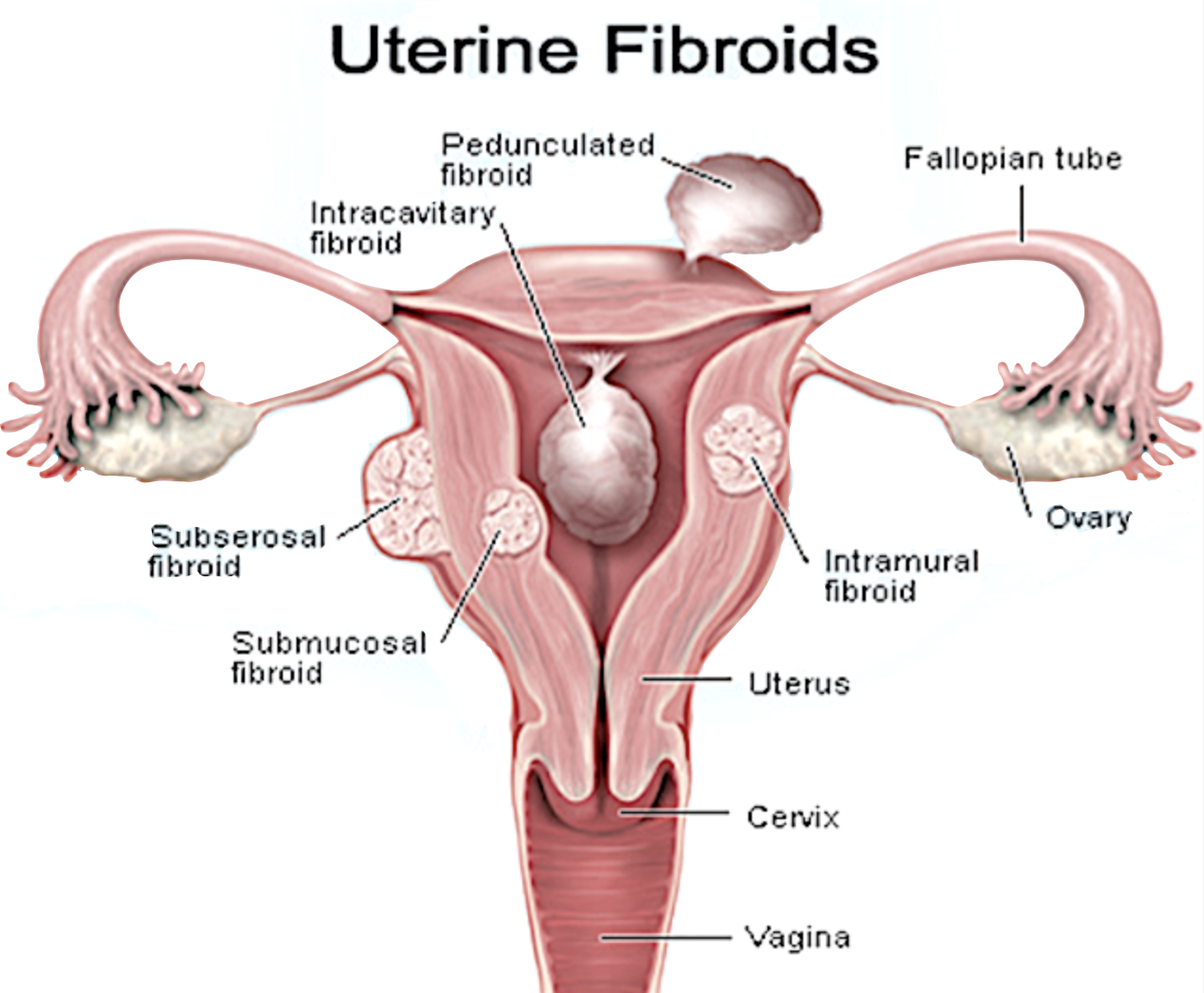Before we discussed why fibroid is common among women, it is good to ask the question of what causes uterine fibroids. Uterine fibroid is known to be a non-cancerous tumor that can develop in the muscle of the uterus. It can develop either inside or outside the uterus. The causes if known can be linked to the reason why it is common among women.
About 70% of women by the age of 50 have fibroid which signifies that it is common. Research studies have identified estrogen, progesterone, growth hormones, genetics, and at times misplaced cells present in the body before birth can be a potential contributors to fibroid development and growth.

What Are The Likely Causes Of Uterine Fibroids?
1. Having Fewer Children
From statistics research, it appears that the more children you have, the less likely you are to develop fibroids. But it has not been scientifically proven how and why this happens; women should not take this to be an advantage of having multiple children just because they want to avoid fibroids.
2. Alcohol Consumption
The consumption of alcohol in black women, particularly beer has been associated with the development of uterine fibroids. In some quarters, they argue about the consumption rate. Either you’re a heavy drinker or not. Same as above, there is no scientific proof regarding this.
3. Not Eating Enough Fruit & Vegetables
Fruits contain vitamins that are essential for the proper functioning of the body system, and a lack of them might cause one illness or the other. Fruit and vegetable consumption has to be daily in various varieties as different fruits have their vitamins. At least 2 servings of fruit and vegetables a day, especially citrus fruits, have been associated with a lowered risk of uterine fibroids.
4. Early Menstruation
The issue of fibroids has been linked to their sensitivity to hormones in women, especially estrogen. This might be the reason why women who start menstruating before the age of 11 are more likely to develop fibroids than those who start theirs after the age of 13.
5. Vitamin D Deficiency
Vitamin D is a fat-soluble vitamin that is needed by the body for the proper functions of the systems, and it is present in certain foods, particularly dairy foods. Naturally, the body system produces vitamin D through the skin through exposure to sunlight. And our bodies also produce vitamin D when the skin is exposed to sunlight. And research studies have proved that vitamin D can minimize the growth of unwanted cells (thus limiting the production of fibrous tissue by fibroid cells) and also helps in balancing the immune system. So the deficiency of vitamin D in the body can easily prompt the growth of fibroids.
6. Prenatal Exposures
Prenatal exposures while in the womb are what an individual found difficult to express but an understanding of the side effects of common exposure is needed to know the link to how fibroid is developed.
- Exposures to diethylstilbestrol (DES) have been linked to fibroid development. Diethylstilbestrol (DES) is a synthetic form of estrogen given to women from the year 1938 to 1971, and it is used for the treatment of infertility and at times for premature deliveries.
- Pre-pregnancy diabetes or gestational diabetes is not the best for a woman.
- The occurrence of multiple pregnancies, such as being a twin or triplet exposes the uterine wall to the possibility of developing fibroids.
7. Childhood Development & Abuse
Childhood development is a sensitive issue and any form of abuse can be linked to physical and mental health problems. Research studies have linked the development of uterine fibroids to exposure to early childhood abuse. Since upbringing is a thing of the past, and nobody can reverse it, the best way is to take care of your physical/mental health and live a balanced life as much as possible.
8. Hair Relaxers That Contain Phthalates
Phthalates are a group of chemicals that are considered to be hormonally disruptive, and these are contained in hair relaxers used by women. Research studies have found that detectable levels of phthalates found in urine are associated with the risk of uterine fibroid. Using hair relaxers sparingly or checking the label to know if it contains phthalate or not might help to avoid fibroid development, according to research studies.
9. Experiencing Stress
In this decade when we experience a very busy schedule, stress is now a common phenomenon among people, to the extent that some people visit their doctor mainly because of stress. Any major life events indirectly produce stress such as the loss of a child or spouse, divorce, or the birth of a first child. Hormonal changes occur in your body when you’re stressed and these encourage the development of fibroids.
10. Genetics
Research studies have shown that black women are more likely to develop fibroids than Caucasian women. 60% of black women are likely to have fibroids at the age of 35 years compared to 40% of Caucasian women. This condition is genetic which nobody has control over.
Conclusion: Most women always ask the question of how to prevent or slow the growth of uterine fibroids. It is a fact that most of these factors that cause fibroids cannot be easily changed, but it’s important to know that there are effective treatments that can eradicate uterine fibroids. It is either by medication, surgery, or by uterine fibroid embolization
Good healthy living coupled with exercise, getting enough sleep, and eating right could better your mental and physical well-being thus helping you further from developing fibroid. Prevention is far better than cure. So please don’t be far from your doctor and regular check-up is important if you want to reduce or eliminate fibroid growth.